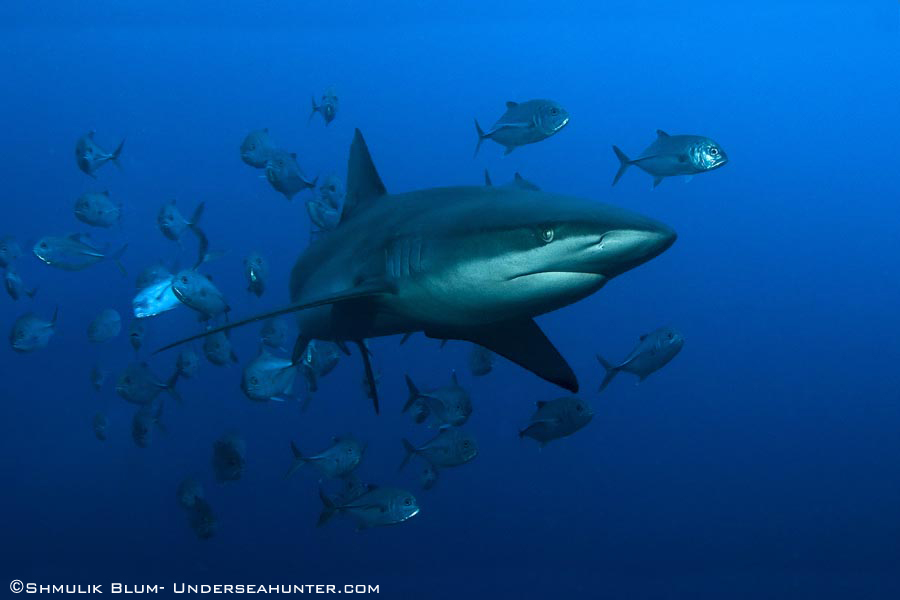FOR IMMEDIATE RELEASE
February 12, 2024
Contact:
Todd Steiner, Turtle Island Restoration Network, 415-488-7652, tsteiner@tirn.net
Alejandro Olivera, (202) 849-8403, aolivera@biologicaldiversity.org
Galapagos Islands Needs World Heritage ‘In Danger’ Status, Groups Say
On Charles Darwin Day, Little to Celebrate as Islands Suffer Illegal Fishing, Tourism, Invasives
PARIS— Conservation groups formally requested formally requested today that the Galapagos Islands World Heritage site be listed as “in danger” under the World Heritage Convention.
The petition, submitted on Charles Darwin Day and Galapagos Day, notes that the unique archipelago is facing threats from illegal fishing, irresponsible tourism, pollution, invasive species and poor management. The islands are a province of Ecuador.
“The Galapagos is truly a magnificent and global resource for the whole world and is in critical need of better protection. Key to our understanding of evolutionary principles, we must protect this gem of biological diversity that is home to unique endangered giant tortoises and migrating leatherback sea turtles,” said Todd Steiner ecologist and founder of Turtle Island Restoration Network.”
The Galapagos Islands are already vulnerable because of their delicate and biodiversity-rich ecosystem. Illegal, unreported and unregulated fishing activities, particularly by Chinese-flagged fishing vessels, are straining the area further.
In one recent incident, a fleet of Chinese fishing vessels anchored just outside the Galapagos marine park, and many turned off their monitoring devices for periods to avoid detection. It was impossible for officials to ensure the vessels were not fishing illegally inside the park during those periods.
Today’s petition was submitted by the Center for Biological Diversity, Círculo de Políticas Ambientales, SOS Galapagos, Turtle Island Restoration Network and World Heritage Watch.
The organizations have also urged UNESCO authorities to request that China collaborate with Ecuador to address its escalating illegal fishing problem, as much of the evidence suggests that Chinese vessels are contributing significantly to the issue.
The Galapagos Islands are also threatened by an influx of tourists, who can damage the island’s environment and spread invasive plants that threaten the islands’ unique cloud forests and iconic Darwin’s finches. In recent years, several animals at the site have been infected by H5N1 virus, or avian flu. These factors combined significantly threaten the ecological balance of the islands.
The Galapagos National Park, inscribed in the UNESCO World Heritage List in 1978, is home to one of the most productive marine ecosystems in the world. Among the most famous species on the islands are the giant tortoises, which are unique to this region, and the marine iguana, the only sea-going lizard in the world. Nearly 20% of marine life in the Galapagos is found nowhere else on Earth.
The Galapagos Islands were inscribed on the List of World Heritage in Danger in 2007 because of a variety of threats. In 2010, however, the site was removed from the ‘In Danger’ list after Ecuador showed signs of better practices.
At the time, World Heritage authorities urged Ecuador to continue to strengthen its efforts to tackle numerous threats. Unfortunately, Ecuador has failed to adequately address the issues, and the threats have grown.
Feb. 12 is the birthday of Charles Darwin, often referred to as the “Father of Evolution.” The English naturalist’s studies in the Galapagos led to groundbreaking theories on evolution and natural selection. On that same day in 1832 the Galapagos Islands were incorporated into Ecuadorian territory, and Feb. 12 became Galapagos Day as well as Charles Darwin Day.
###
ABOUT TURTLE ISLAND RESTORATION NETWORK
The Salmon Protection and Watershed Network protects endangered, wild Coho salmon and the forests and watersheds they need to survive in West Marin, and is a program of Turtle Island Restoration Network, a leading advocate for the world’s oceans and marine wildlife. For more information on the Salmon Protection and Watershed Network and Turtle Island Restoration Network, visit www.seaturtles.org.




